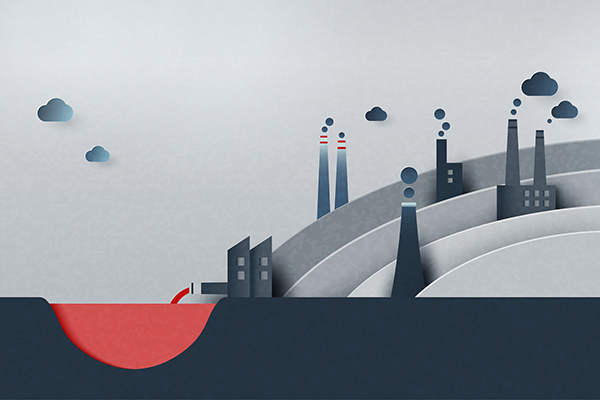The production of chemicals accounts for 40% of all energy currently used in manufacturing, and the process also results in toxic solvent waste that pollutes the environment and poses health risks to humans and animals. A newly published study in the journal Science details a novel mechanochemistry method that has the ability to manufacture chemicals without those deleterious effects.
Researchers with the Nanoscience Initiative at the Advanced Science Research Center at the CUNY Graduate Center, Penn, and the University of California-Merced took a unique approach that advances the opportunity to use mechanochemistry in large-scale production. The technique uses organic chemistry and nanotechnology to push molecules together and create chemicals without the use of costly solvents that pollute the environment. The research team’s findings have major implications for numerous manufacturing sectors, including the production of pharmaceuticals and materials for a variety of medical and industrial purposes.
Co-author Robert Carpick, the John Henry Towne Professor in the Department of Mechanical Engineering and Applied Mechanics at the School of Engineering and Applied Science who collaborated on this project, says, “This discovery was not possible without chemists teaming up with mechanical engineers in a truly cross-disciplinary way. The chemists were critical to designing and conducting the experiments, but we had to combine their forefront chemistry knowledge with advanced mechanics analysis to understand—through experiments and theory—how mechanical forces are accelerating chemical reactions here. The teamwork made the difference.”
This story is by Shawn Rhea. Read more at Penn Engineering Today.








